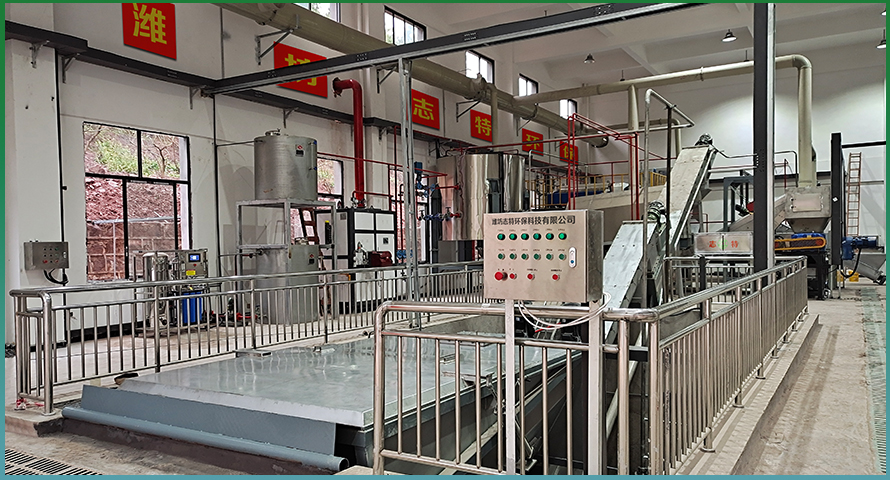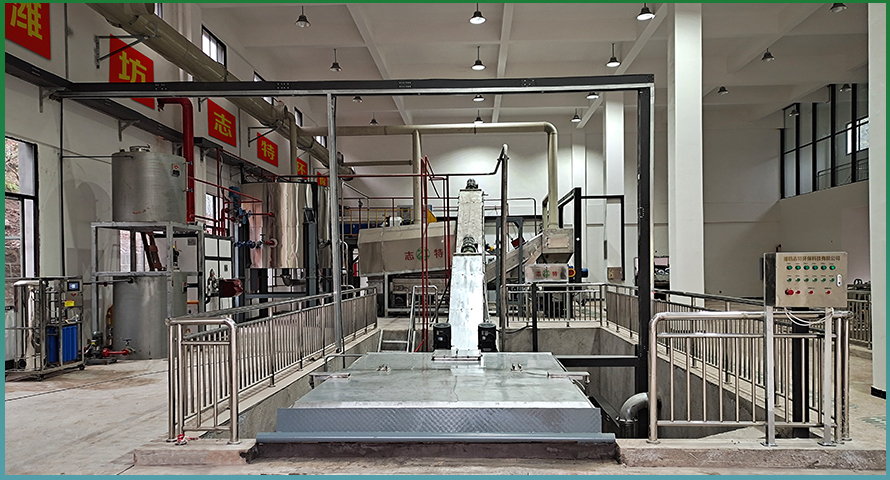Kitchen waste treatment and production technology
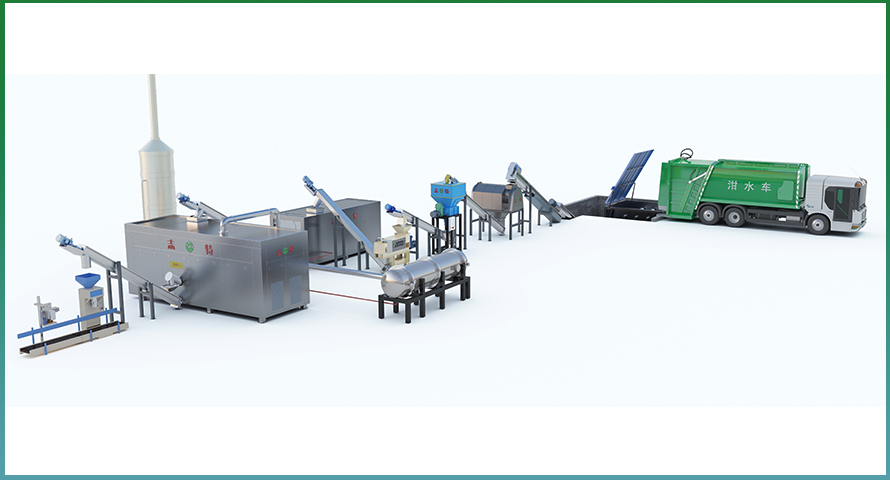
Equipment introduction
Kitchen waste treatment and production process using modern biotechnology, supporting processes and equipment, through high temperature composite microorganisms and enzyme decomposition - conversion technology, high temperature rapid humification technology integration, process precision control technology integration, in the absence of secondary pollution, urban kitchen waste or kitchen waste, sick and dead livestock and other organic waste, Under the action of microorganisms + invertase, after a short time of degradation, condensation and polymerization, it is transformed into a highly active biological organic fertilizer, which can also be used as a soil conditioner to improve soil quality, improve the utilization rate of fertilizer, play a role in enriching soil, increasing production, improving the quality of agricultural products, reducing green dust and PM2.5, and driving low-carbon emission reduction in agriculture.

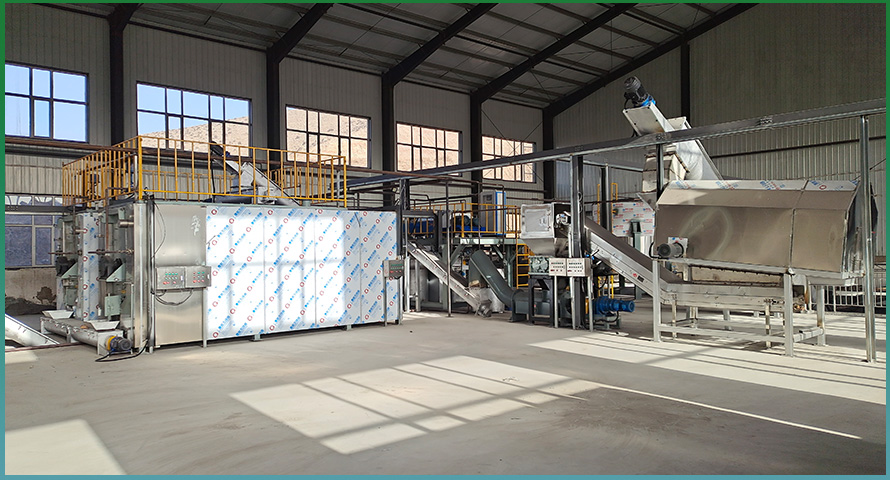
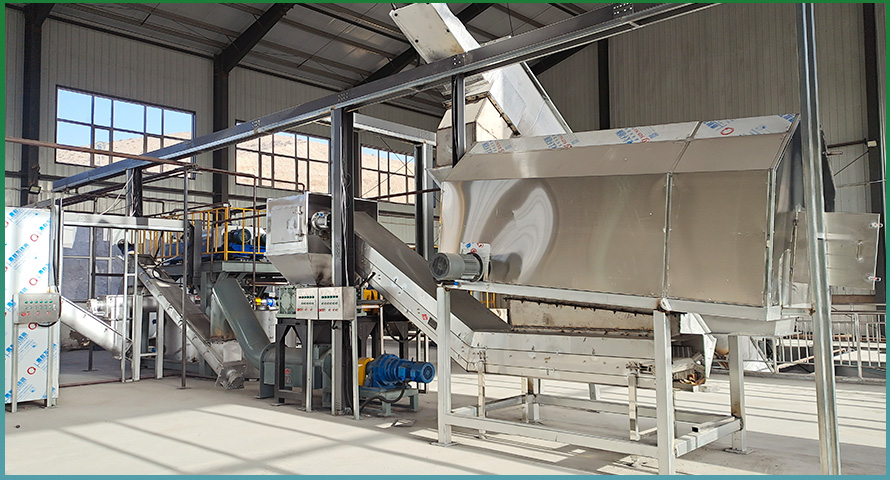
Product characteristics
1, the processing speed is fast, and the harmless treatment of kitchen waste is completed within 4-24 hours.
2, the environmental protection effect is good, all odors are collected and treated, and the products have no odor after treatment.
3, the harmless effect is good, and the treated products reach the harmless standard.
4, easy to operate, the equipment can be started with a key, and can run automatically after feeding.
5, the solid material utilization rate is high, greater than 95%.
6, low environmental maintenance cost, no secondary pollution such as waste residue, waste liquid, odor.
7, high product consistency, can enter the industrial product sales channel.
8, advanced equipment integration functions, including secondary filtration, automatic temperature control, automatic mixing, automatic ventilation and other functions.
